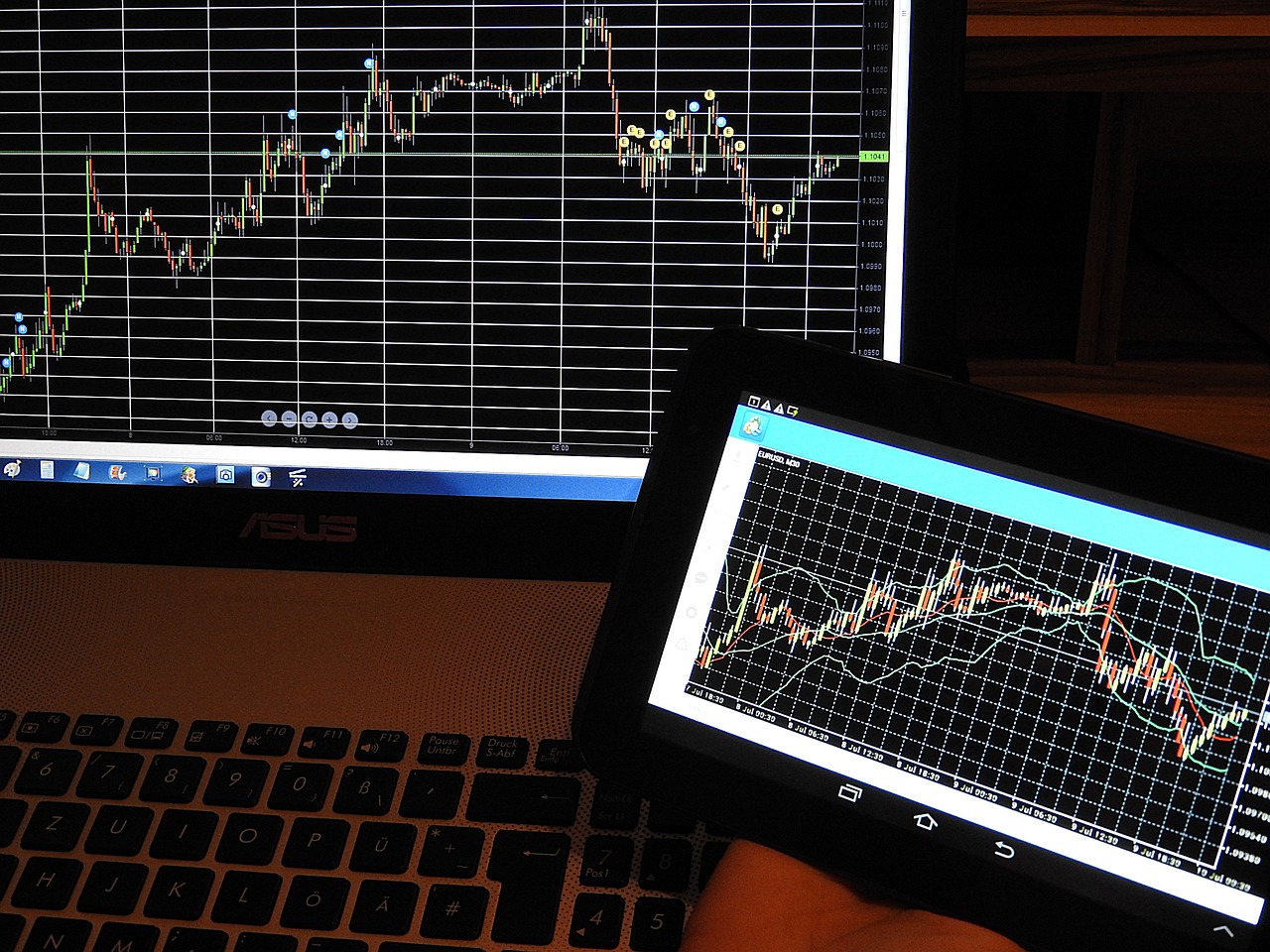Trading Contracts for Difference (CFDs) is becoming increasingly popular due to the flexibility and leverage it offers. But with this flexibility comes an increased risk of volatility, making it essential for traders to use thorough market analysis. While technical analysis, with its focus on price action and chart patterns, is widely used, fundamental analysis provides a different and equally crucial perspective. By examining economic data and market trends, traders can better predict future price movements and develop informed trading strategies. This article explores the key elements of fundamental analysis in CFD trading, emphasising the importance of economic indicators and how to interpret market trends.
What is Fundamental Analysis?
Fundamental analysis involves evaluating a market’s intrinsic value by analysing external factors like economic reports, financial performance, and overall industry conditions. Unlike technical analysis, which is purely based on historical price patterns and technical indicators, fundamental analysis digs deeper into the underlying factors driving the price of assets.
For CFD traders, fundamental analysis is essential because it helps them understand the forces influencing the markets. Whether trading commodities, forex, or stock indices, understanding economic health, market conditions, and broader trends provides a solid foundation for making trading decisions. In essence, fundamental analysis gives traders a broader view of the market, allowing them to make more calculated decisions and avoid relying solely on price movements.
Key Economic Indicators and Their Impact on CFD Markets
Gross Domestic Product (GDP) is perhaps the most significant indicator of a country’s economic health. It represents the total value of all goods and services produced over a specific period. When GDP growth is strong, it suggests that the economy is thriving, which often translates into rising stock indices and increased business investment. Conversely, a decline in GDP can signal an economic slowdown, potentially leading to bearish market conditions. CFD traders who focus on equity indices, for example, can use GDP data to predict whether a market is likely to see sustained growth or face corrections.
Inflation refers to the rate at which the general level of prices for goods and services rises. Central banks monitor inflation closely, and rising inflation can lead to higher interest rates as a countermeasure. For traders, inflation can affect everything from currency pairs to commodities. High inflation often weakens currency value, which is significant for forex CFD traders. Similarly, commodities like gold tend to become more attractive during periods of high inflation because they are seen as a hedge against currency devaluation.
Interest rates, set by central banks, have a direct impact on borrowing costs and consumer spending. A hike in interest rates often signals a strong economy but can lead to tighter financial conditions for businesses. When interest rates rise, assets like stocks and bonds tend to decline as the cost of capital increases. For CFD traders, understanding how interest rate decisions will impact asset prices is crucial. Interest rates can also affect forex markets significantly. Higher interest rates usually make a currency more attractive to foreign investors, strengthening its value, while lower rates may cause the currency to weaken.
Market Trends and Their Influence on CFD Trading
Market cycles—bull and bear markets—play a significant role in CFD trading. In a bull market, prices are rising, driven by investor optimism and favourable economic conditions. Conversely, a bear market is characterised by falling prices, often caused by economic downturns or negative sentiment. CFD traders can take advantage of both by shorting assets during bear markets and taking long positions in bull markets. Recognizing the signs of market cycles early can provide opportunities to capitalise on major price movements.
Supply and demand dynamics are particularly important for commodity CFDs. For example, oil prices can fluctuate based on geopolitical events, supply disruptions, or changes in production quotas by major oil-producing countries. Understanding these supply and demand trends helps traders anticipate price movements. For instance, a drop in supply due to a production cut can lead to a sharp rise in prices, presenting an opportunity for long positions. Conversely, oversupply in the market might cause prices to fall, making short positions more attractive.
Combining Fundamental and Technical Analysis in CFD Trading
While fundamental analysis offers valuable insight into market trends and economic data, it can be even more powerful when combined with technical analysis. Many successful CFD traders use a hybrid approach, leveraging both fundamental and technical indicators to improve their trading strategies.
Technical analysis, which focuses on chart patterns, price action, and indicators, is particularly useful for determining entry and exit points in the market. When combined with fundamental analysis, traders can use economic data to confirm the signals they see in technical charts. For example, a trader might notice a bullish technical pattern on an equity index. By cross-referencing this with positive GDP growth or strong employment data, they gain additional confidence in their trade.
Conclusion
Fundamental analysis provides invaluable insights for CFD traders, helping them anticipate market movements by interpreting economic data and understanding market trends. By analysing GDP, inflation, interest rates, and other key indicators, traders can gain a clearer view of the market landscape. When combined with technical analysis, fundamental analysis allows traders to develop more comprehensive strategies that are better equipped to navigate the complexities of CFD markets.
